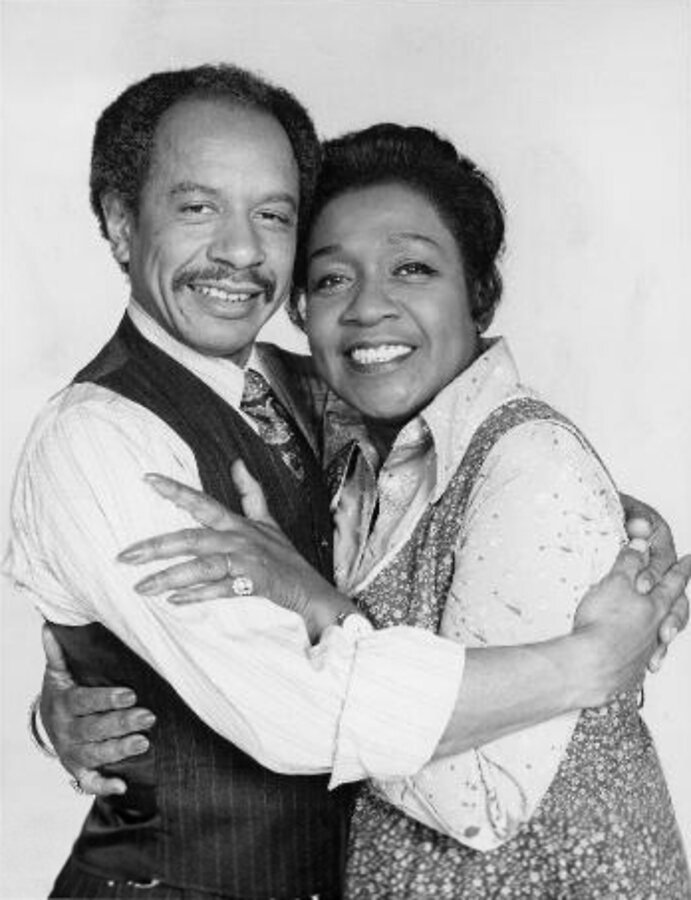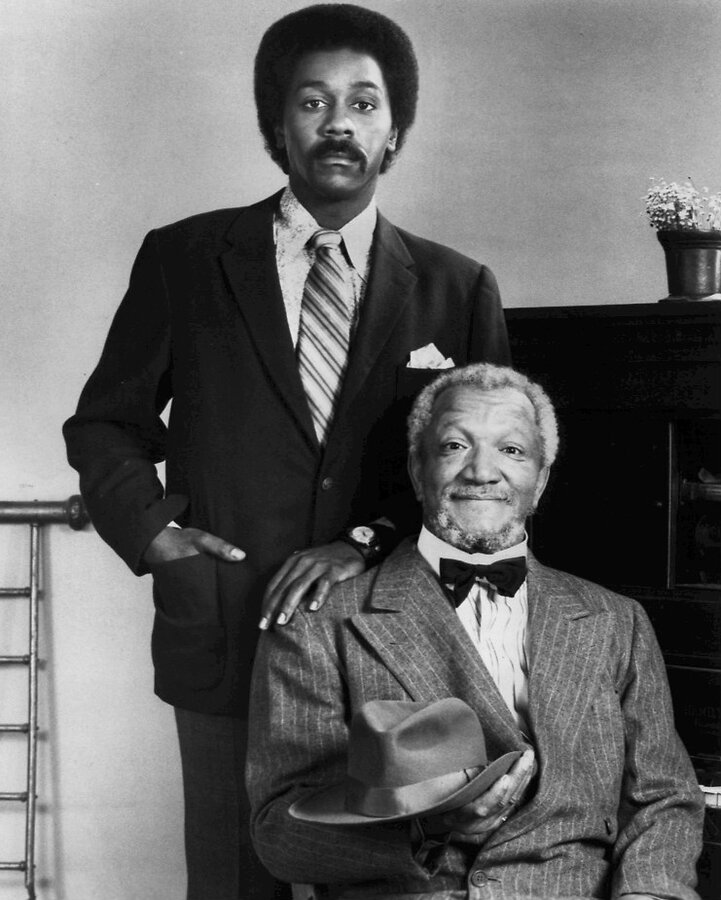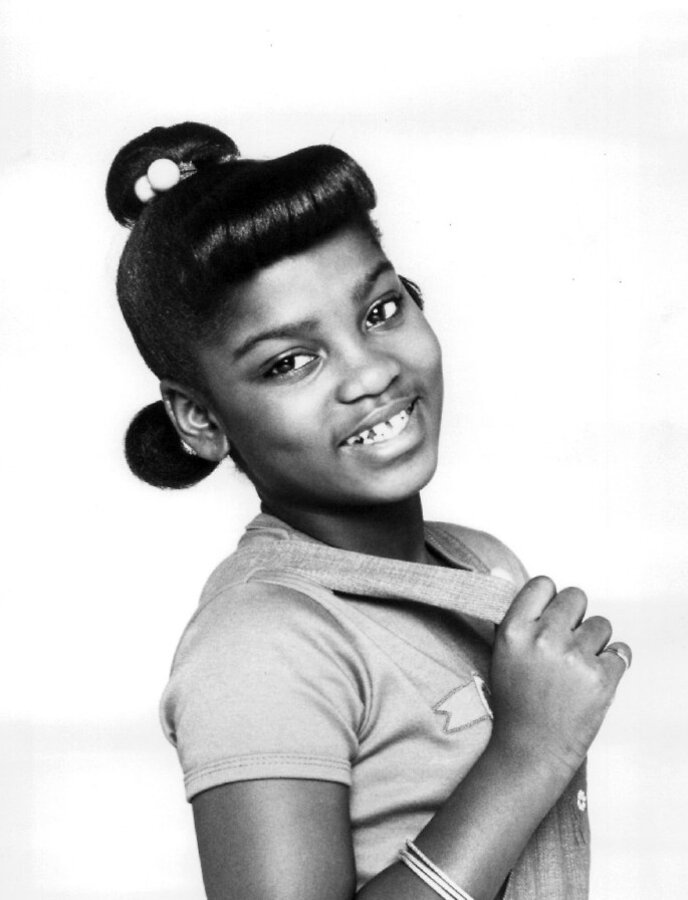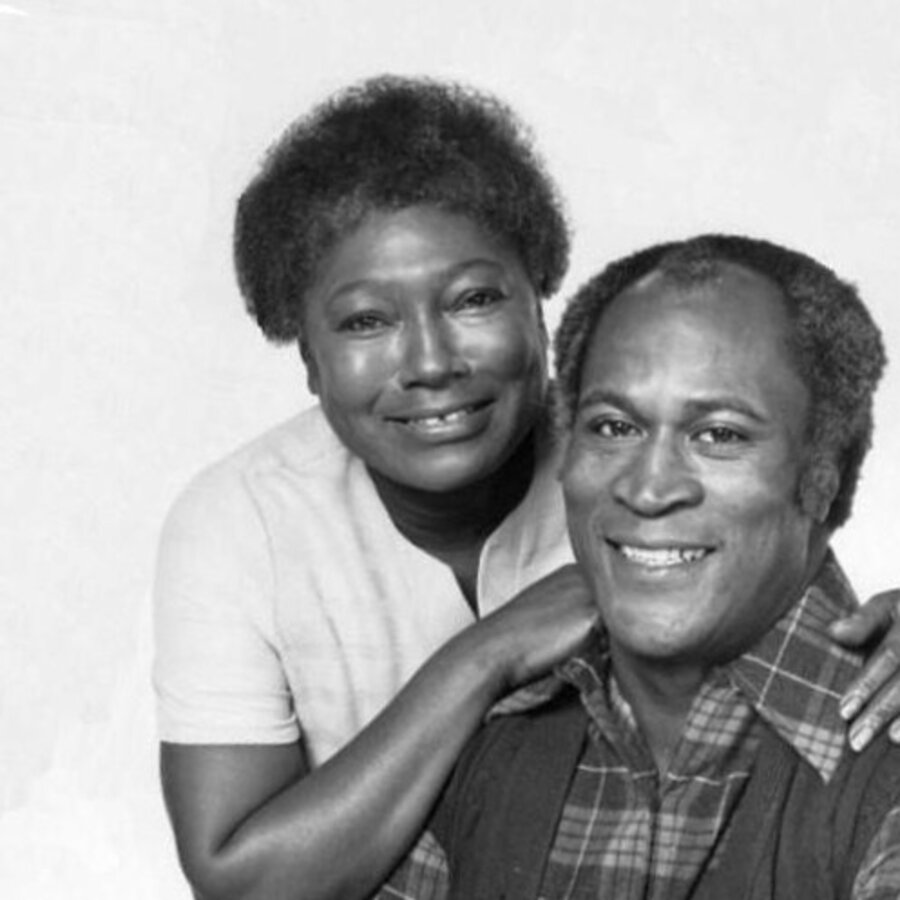GOOD TIMES: A REFLECTION ON BLACK SITCOMS OF THE 1970S
by Wendell Ward

The Jeffersons
The 1970s marked a defining moment in American television history with the emergence of Black sitcoms, heralding a significant cultural shift. This period wasn't just an evolution in the realm of entertainment; it signified a profound cultural transformation. In a nation still processing the outcomes of the civil rights movement, these sitcoms provided a much-needed glimpse into the lives, laughter, and challenges of Black Americans, a narrative that had been largely absent from mainstream media. These shows did more than entertain; they played a crucial role in challenging and reshaping societal perceptions, contributing to the vision of a colorblind society as envisaged by Dr. Martin Luther King Jr.
Among this influential wave, "The Jeffersons," "Sanford and Son," "What's Happening," and "Good Times" stood out not only for their humor and relatability but also for their candid portrayal of pressing issues. They transcended mere entertainment, acting as reflections of American society, showcasing its complexities and its capacity for progress. Let us revisit these iconic shows and explore their cultural significance; let us remember the characters and episodes that profoundly impacted a generation, and American culture as a whole.
---
The Jeffersons
"The Jeffersons," a groundbreaking sitcom that debuted in 1975, was more than just a spin-off of "All in the Family." It became a cultural icon in its own right, resonating deeply with American audiences. The show chronicled the life of George and Louise "Weezy" Jefferson, an African-American couple who, through hard work and determination, ascend from working-class origins to a prosperous life in a predominantly white, upper-class neighborhood. This narrative of upward mobility was more than a plot device; it symbolized the aspirations and successes of a generation striving for the American Dream.
George and Weezy Jefferson emerged as quintessential symbols of this dream. Their move to the East Side in the pilot episode wasn't just a change of address; it represented the breaking of racial and economic barriers. The Jeffersons' luxurious apartment became a stage where issues of race, class, and privilege were explored with a blend of humor and seriousness that was rare for its time.
The show navigated these themes through the lens of comedy, but never shied away from the underlying tensions and realities of a changing America. It was a delicate balance: addressing serious social issues while remaining entertaining and accessible. By doing so, "The Jeffersons" didn't just reflect a changing society; it became an integral part of the narrative of progress, challenging viewers to confront and reconsider their own perceptions and biases.
Among this influential wave, "The Jeffersons," "Sanford and Son," "What's Happening," and "Good Times" stood out not only for their humor and relatability but also for their candid portrayal of pressing issues. They transcended mere entertainment, acting as reflections of American society, showcasing its complexities and its capacity for progress. Let us revisit these iconic shows and explore their cultural significance; let us remember the characters and episodes that profoundly impacted a generation, and American culture as a whole.
---
The Jeffersons
"The Jeffersons," a groundbreaking sitcom that debuted in 1975, was more than just a spin-off of "All in the Family." It became a cultural icon in its own right, resonating deeply with American audiences. The show chronicled the life of George and Louise "Weezy" Jefferson, an African-American couple who, through hard work and determination, ascend from working-class origins to a prosperous life in a predominantly white, upper-class neighborhood. This narrative of upward mobility was more than a plot device; it symbolized the aspirations and successes of a generation striving for the American Dream.
George and Weezy Jefferson emerged as quintessential symbols of this dream. Their move to the East Side in the pilot episode wasn't just a change of address; it represented the breaking of racial and economic barriers. The Jeffersons' luxurious apartment became a stage where issues of race, class, and privilege were explored with a blend of humor and seriousness that was rare for its time.
The show navigated these themes through the lens of comedy, but never shied away from the underlying tensions and realities of a changing America. It was a delicate balance: addressing serious social issues while remaining entertaining and accessible. By doing so, "The Jeffersons" didn't just reflect a changing society; it became an integral part of the narrative of progress, challenging viewers to confront and reconsider their own perceptions and biases.

Sanford and Son
Sanford and Son
"Sanford and Son," premiering in 1972, swiftly carved out its place in American television history as a trailblazing sitcom. The show revolved around Fred Sanford, a cantankerous but endearing junk dealer, and his son Lamont, portraying their daily life in the Watts neighborhood of Los Angeles. The duo's dynamic, filled with humor and occasional strife, offered a candid look into the life of a working-class African American family, a narrative that was then rarely seen on TV.
Fred Sanford, played masterfully by Redd Foxx, was the heart of the show. His character, brimming with wit and often grumpy demeanor, resonated with audiences. Beneath his rough exterior, Fred possessed a depth and vulnerability that made him incredibly relatable. This complexity was beautifully showcased in an episode where Fred's tough façade crumbles as he confronts his loneliness and fears, revealing a softer, more introspective side.
"Sanford and Son" was pioneering in its portrayal of the everyday life of Black Americans. It didn't gloss over the challenges faced by the father-son duo, including financial struggles and societal prejudices, but it approached these issues with a blend of humor and realism. The show struck a chord with viewers across racial and socioeconomic lines, using comedy as a tool to shed light on larger social issues, while maintaining its entertainment value. In doing so, "Sanford and Son" played a significant role in shaping the landscape of American sitcoms and remains a cherished symbol of 70s television.

What's Happening!!
What's Happening!!
"What's Happening!!," a lively and endearing sitcom that debuted in 1976, captivated American audiences with its spirited portrayal of teenage life, set against the backdrop of the Watts neighborhood in Los Angeles. The show focused on the daily experiences and adventures of high school student Roger "Raj" Thomas, his sassy younger sister Dee, and his inseparable friends Dwayne and Rerun. This delightful quartet brought to life the trials and triumphs of adolescence with a unique blend of humor and heart.
At the center were Raj, the aspiring writer and often the voice of reason, Dwayne with his unforgettable "Hey, Hey, Hey," greeting, and the ever-enthusiastic dancer, Rerun. Their tight-knit friendship and the relatable situations they navigated resonated deeply with audiences. A particularly memorable episode that captures the essence of their bond involves the group facing a moral dilemma, highlighting themes of loyalty, integrity, and the consequences of choices.
Through its portrayal of everyday challenges, family dynamics, and the pursuit of dreams, "What's Happening!!" struck a chord with its young viewers. The show's ability to address real-life issues faced by teens, such as peer pressure and responsibility, while maintaining a light and humorous tone, made it not just entertaining but also a valuable mirror to the life of American adolescents. "What's Happening!!" thus stands as a cherished and influential piece of 1970s television, celebrating the vibrancy and complexity of teenage life.

Good Times
Good Times
"Good Times," an iconic sitcom that debuted in 1974, broke new ground in American television. Set in a Chicago housing project, the series revolved around the Evans family, offering a gritty yet heartfelt portrayal of life in an urban, low-income African American community. The show was groundbreaking for its time, addressing issues such as poverty, unemployment, and racial inequality, while still infusing humor and warmth into its narrative.
Central to "Good Times" was the character of James Evans Sr., portrayed by John Amos. As the patriarch of the Evans family, James was a beacon of strength, resilience, and integrity. He was more than just a character on a show; he was a father figure and role model for many, especially those in homes without a father. His hardworking, disciplined, yet loving nature resonated deeply with viewers, making him an emblem of paternal fortitude.
The episode that dealt with James Evans Sr.'s untimely death in a car accident was a poignant moment in television history. The shock and sorrow of this episode were profoundly felt across the nation, especially among Generation X viewers. As someone who grew up in a home with a single mother, like many others, the loss of James felt personal. It was as if a guiding light in our lives had been extinguished. His character's departure from the show was not just a storyline development; it was a moment that underscored the fragility and challenges of life in the contexts we, as viewers, understood all too well.
James Evans Sr.'s character and his tragic exit from "Good Times" left an indelible mark on American television and on the hearts of those who saw in him a figure of aspiration, stability, and warmth.
The Shopper
1545 Crossways Blvd.
Chesapeake, VA 23320
757-317-5465
http://www.TheShopper.com

